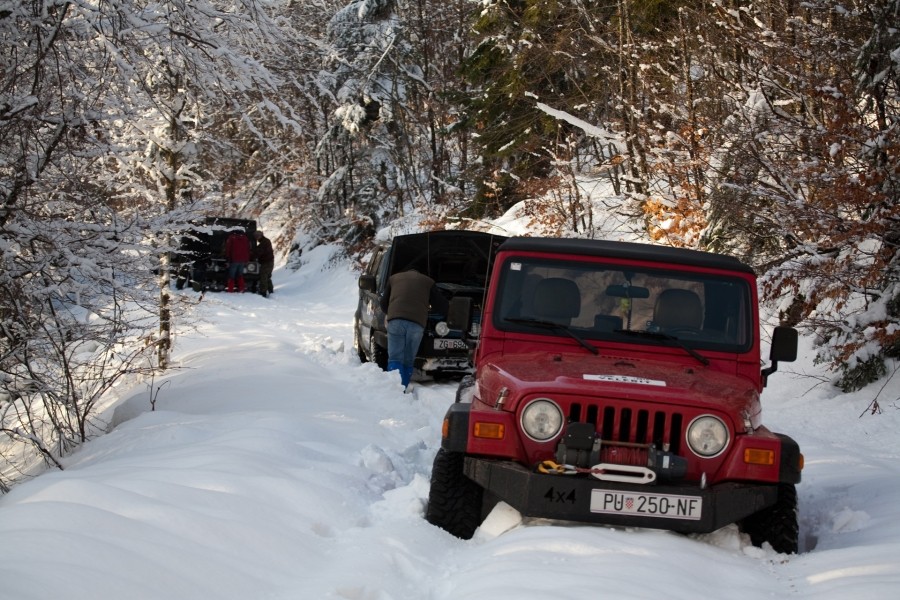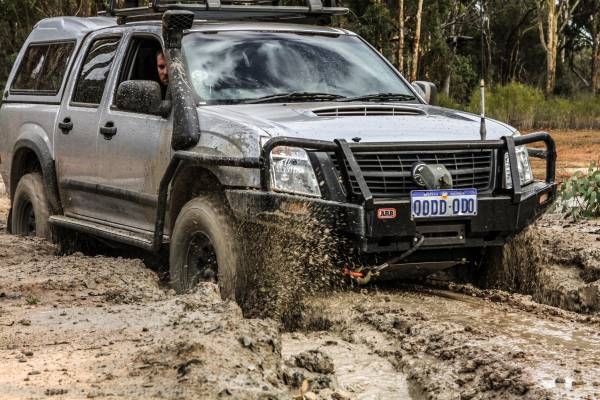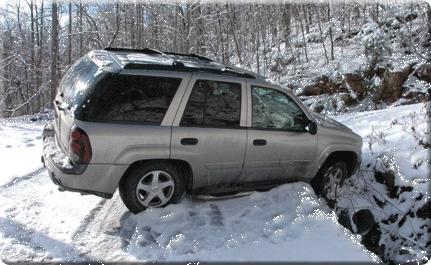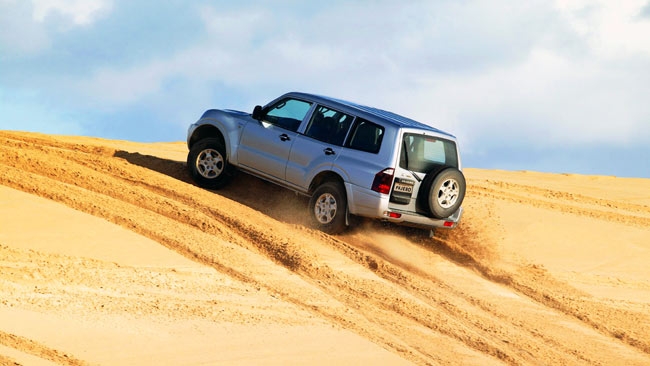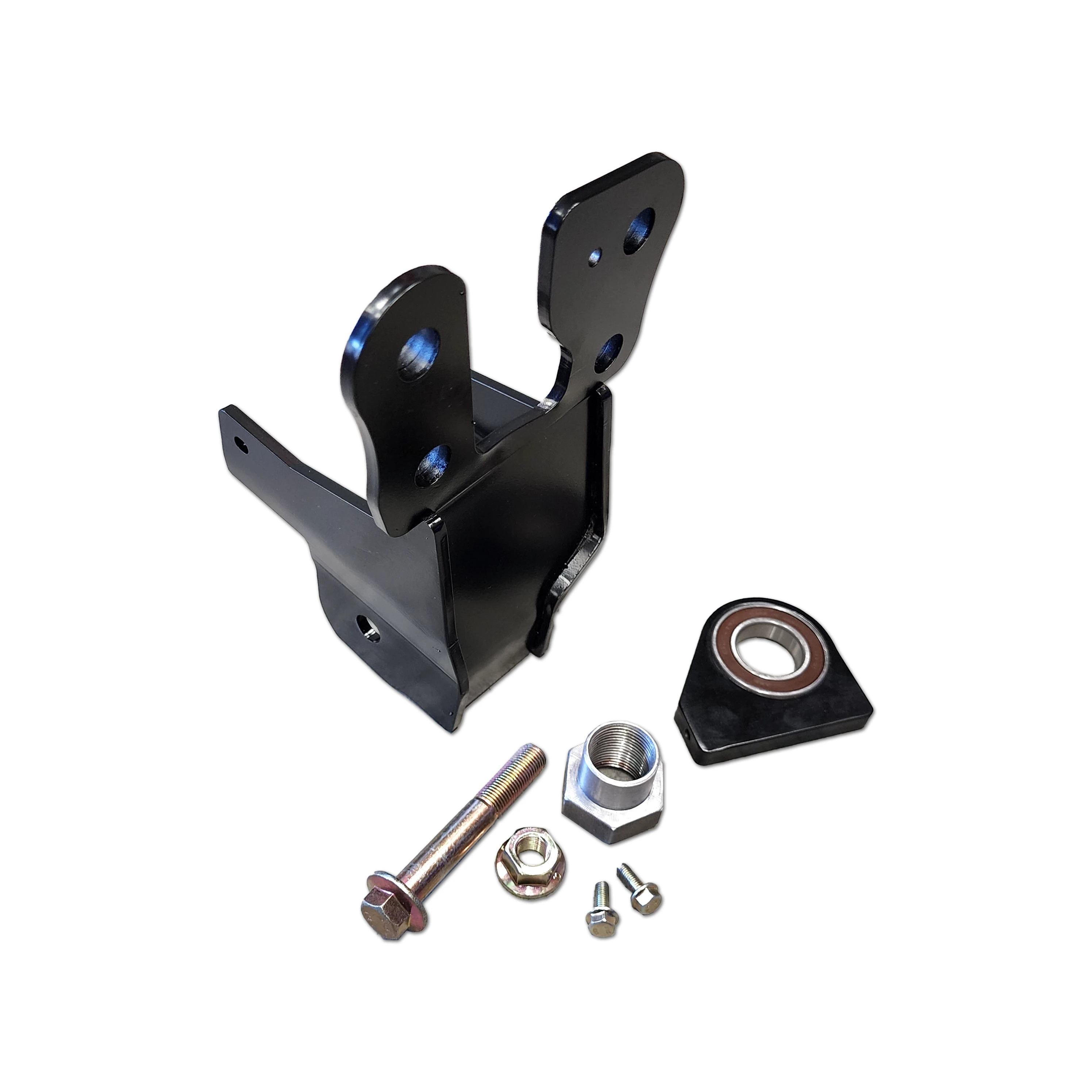4wd Bush Fixes - Quick Ways To Get Going Again
We’re big fans of trailers and caravans; why limit yourself to the space inside your vehicle when it has the power to haul a whole load more gear behind it? The bush isn’t always a kind place to equipment though, and if you haul a trailer through it for long enough eventually something’s going to break. Then what? Do you give up, call the AAC and wait for a tow home? There’s no need for that. With a few spares and simple tools you can be on the move again in no time.
Of course the best option is always prevention, so before heading out give your vehicle and trailer a thorough check and sort out anything that’s not in top condition. Then prepare for the unexpected. Check out our guide to the tools and spares you should be carrying. Make sure you have tyre repair kits and some handy sealants. Most important, make sure you know how to use it all. Here are solutions to a few of the most common problems that can bring you to a stop.
Punctures
Spend time off road and you’re going to get punctures. There’s no avoiding it; modern tyres are a lot tougher than old ones, but jagged rocks, nails, glass and even thorns can still get through them. Of course you have plenty of options for mounting extra spares on a good 4wd, but with a modern repair kit you should be able to repair the punctured one too. All you have to do is find the puncture, clean and rasp the area, coat one or more plugs in rubber cement and use the tool that comes with the kit to insert them in the hole. Let the cement set, reinflate and you’re good to go. Regularly check any repaired tyres to make sure the plugs are holding and get a professional fix when your trip’s done, but at least you won’t have to cut your break short because of a simple air leak.
Water Tanks
Of course a leak in a water tank is a lot more serious – in some of Australia’s more arid terrain it can be life threatening. Unfortunately rough ground can give underbody water tanks a real beating. At every stop check under vehicle and trainer for any sign of drips, and if you see anything deal with it right away. Plastic tanks can be sealed with all weather silicone. Steel ones need a metal repair compound or epoxy putty – something like Knead-It is ideal. It’s also a good idea to building some redundancy and split your precious water between multiple tanks. That way if one is punctured you still have a reserve supply.
Rattles
When you’re driving along a corrugated track there’s no chance of you missing it when something comes loose. The constant rattling will drive you nuts in no time, unless you fix it. This is where improvised tie downs come in. Of course first you need to find out what’s loose. A good bet is to check your jockey wheel – they’re notorious noisemakers. Some grease can quieten things down, but you may need to apply a bungie cord or even cable ties.
Trailer Lights
If the brake lights or indicators on your trailer stop working out in the middle of the Outback it’s no big deal, but you’re going to need them when you get back to town so it’s best to get them fixed as soon as possible. Luckily they’re pretty simple circuits and not a lot can really go wrong. First check none of the connections have been shaken loose or clogged with dirt. This is where a multimeter comes in handy – it can tell you what part of the circuit the fault’s in. Pretty often just pulling out the trailer plug and having a look at it will fix the problem. If not, look at fuses and – the obvious – bulbs. You should be carrying a few spares of each. A coil of spare wire and a pair of side cutters will also come in handy.
Brake Failure
A trailer with busted brakes is dangerous and you need to get it sorted right away. Electric brakes can suffer from simple problems – check for loose connections or bad wiring. That multimeter will come in handy again. The worst case is a bad brake controller. There’s not a lot you can do about that apart from drive slowly and carefully to the nearest repair shop.
Manual brakes usually go wrong because the cable has stretched or broken. A temporary repair can be managed with a length of wire rope and some cable clamps.
U-Bolts
Another potentially dangerous breakage is the u-bolts that hold the trailer’s leaf springs together. A spare one is a good thing to have along. If not you could always try welding the broken one as a temporary fix. If you don’t have a welding kit with you it’s possible to improvise one from a couple of batteries and some jump leads; then you just need a welding rod and you’re good to go. Don’t rely on this for too long though, because the heat of welding can leave the bolt brittle – get it replaced as soon as you can. In an extreme you can use ratchet straps to hold everything together, but that’s definitely a last resort.
Leaky Tents
A drip in your tent or awning can really ruin your night. Luckily it can be fixed well enough to get you by. If you only notice the problem when it starts raining – which is usually how it goes – fix an oily rag over the leak to keep you dry until morning. Dry canvas can be patched with duct tape. Get a proper patch sewn on and sealed as soon as you get home.
With the right tools and some ingenuity you can fix most trailer problems well enough to carry on with your trip, or at least get you to the nearest town. Don’t take short cuts with safety – there are some things you just can’t fix on your own – but don’t let minor mishaps ruin your tour either. If you know what you’re doing it’s amazing what you can deal with. Not only is a DIY fix cheaper than calling for recovery, it’s a lot more satisfying too.

